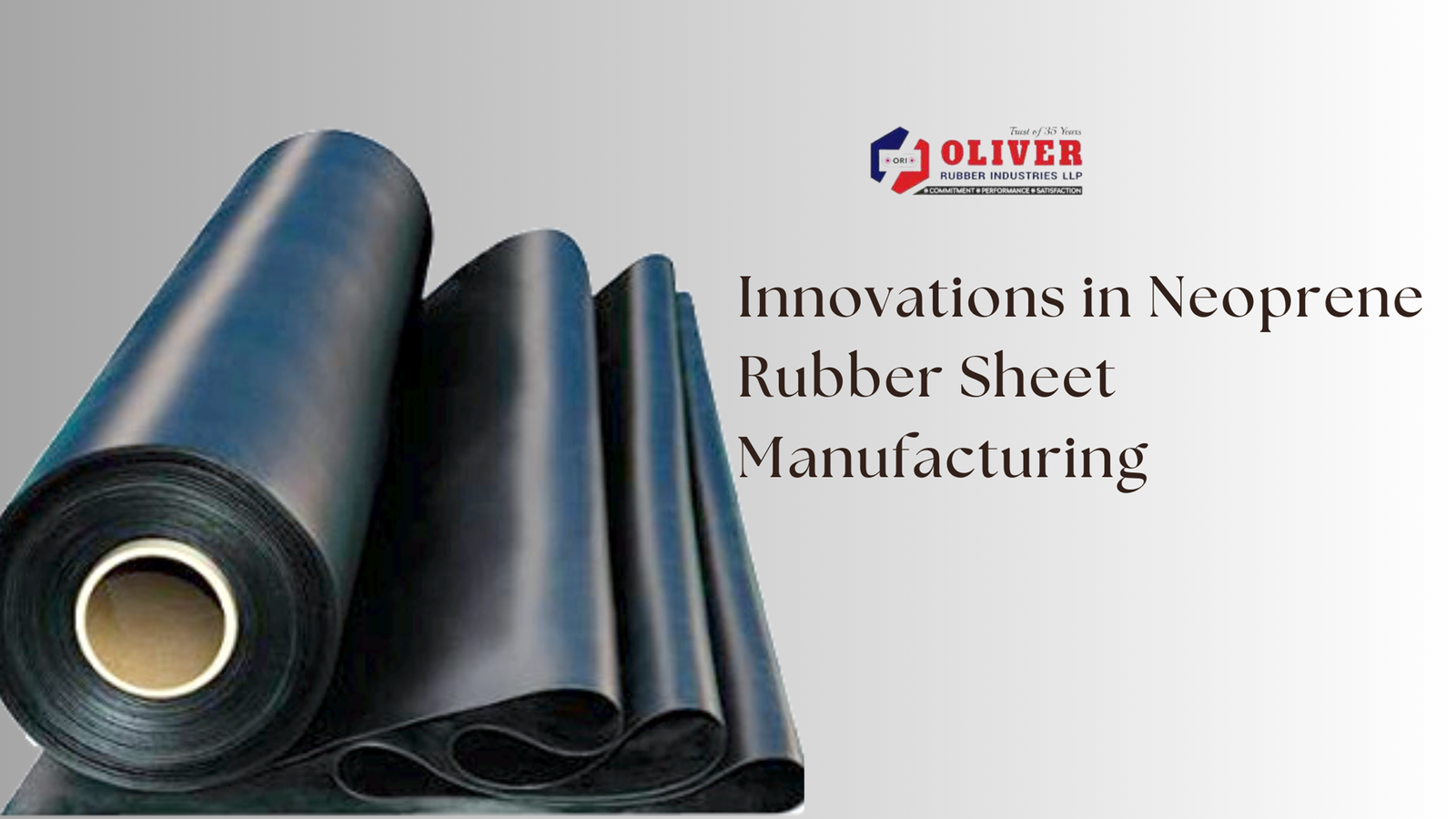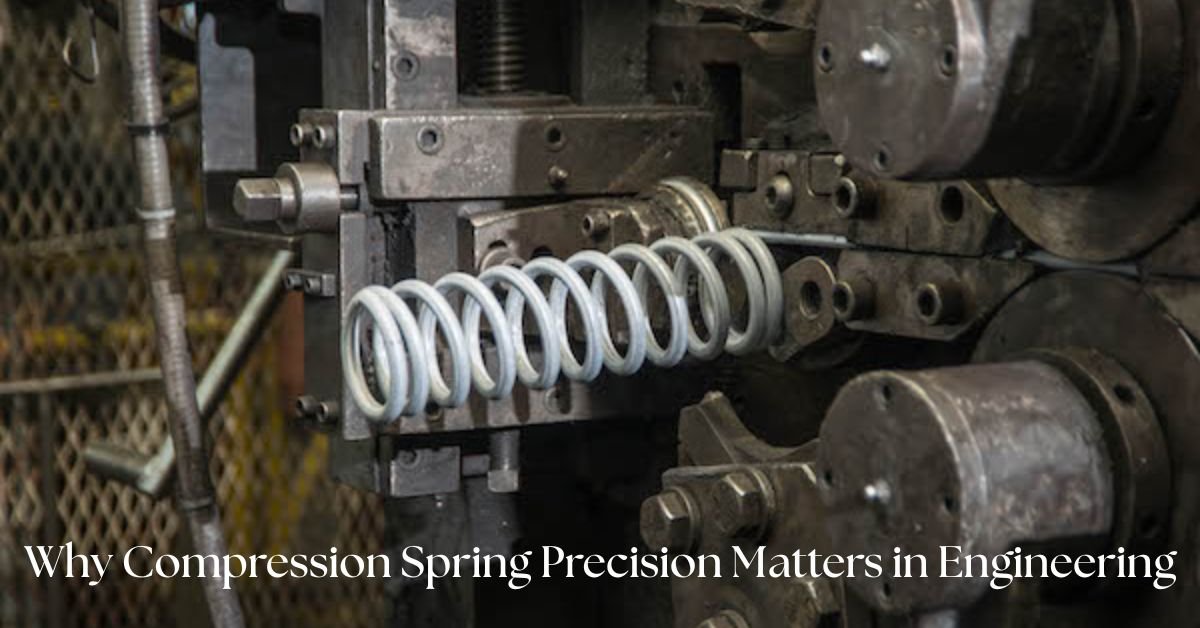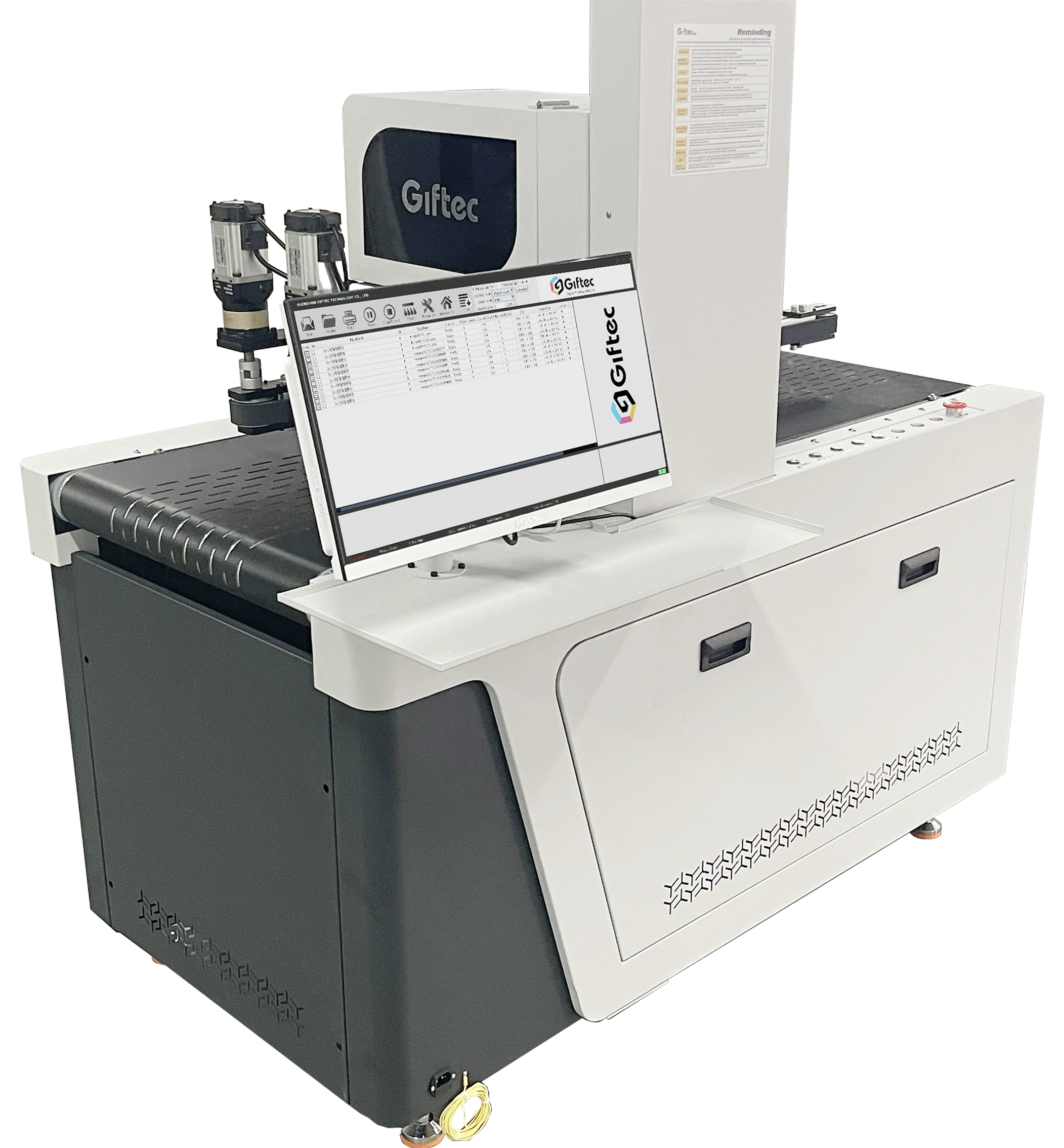Neoprene rubber sheets have long been a versatile and reliable material across many industries. From automotive and construction to oil and gas, neoprene sheets are valued for their durability, flexibility, and resistance to weather and chemicals. As industries evolve, so do the needs for neoprene rubber products. Manufacturers are adapting to these changes by improving production methods, offering more customizable options, and focusing on sustainability. Let’s explore the trends that are shaping the future of neoprene rubber sheet manufacturing.
1. Advances in Customization
Customization is becoming one of the biggest trends in neoprene rubber sheet manufacturing. In the past, industries had limited options for choosing neoprene rubber sheets. However, recent advancements have made it possible to tailor these sheets to meet specific needs. Manufacturers now offer customized neoprene rubber sheet density, thickness, and dimensions. For example, products like the Neoprene Rubber Sheet 10mm are designed to fit exact customer requirements.
This trend benefits industries like construction, automotive, and manufacturing. Businesses can choose neoprene sheets that perfectly match their projects, whether it’s for gaskets, seals, or insulating materials. The ability to customize helps improve performance and efficiency, making neoprene rubber an even more valuable material in various applications.
2. Sustainability and Eco-Friendly Production
Sustainability is a growing priority for industries, and neoprene rubber sheet manufacturing is no exception. Manufacturers are adopting greener production methods, focusing on reducing waste and using eco-friendly materials. Many companies are also recycling neoprene products and reusing them in the manufacturing process. This shift helps reduce environmental impact and supports a circular economy.
These eco-friendly practices also influence the neoprene rubber sheet price. While greener production methods may seem more expensive initially, they often lead to long-term cost savings. As more companies adopt sustainable methods, the cost of eco-friendly neoprene rubber sheets is expected to stabilize, making them more accessible to a wide range of industries.
3. Neoprene Rubber for Metal Applications
Neoprene rubber sheets are increasingly used in metalworking and industrial applications. Neoprene’s resistance to chemicals, oils, and harsh weather conditions makes it an excellent material for protecting metal surfaces. This trend is particularly strong in industries that rely on neoprene rubber sheet for metal applications, such as automotive, construction, and heavy machinery.
Neoprene acts as a protective barrier, preventing metal from corroding or wearing down over time. This extends the life of metal components and reduces the need for frequent replacements. As industries continue to seek durable and cost-effective solutions, neoprene’s role in protecting metal surfaces is expected to grow.
4. Improved Specifications for Extreme Conditions
As industries push the limits of performance, neoprene rubber sheets are being developed with enhanced properties to meet more demanding environments. New neoprene rubber sheet specifications focus on improving resistance to extreme temperatures, from high heat to freezing conditions. These advancements ensure that neoprene can handle tough industrial settings, such as in chemical plants, oil refineries, and heavy manufacturing.
Improvements in tensile strength, elongation, and abrasion resistance also make neoprene rubber sheets more reliable in extreme environments. This trend is crucial for industries where neoprene sheets are exposed to constant stress and harsh conditions. As a result, neoprene remains a top choice for seals, insulation, and protective materials in these challenging applications.
5. Wider Range of Uses
The list of neoprene rubber sheet uses is expanding across industries. While neoprene has traditionally been used in gaskets, seals, and cushioning materials, it is now finding its way into new applications. In the construction industry, neoprene is increasingly used for weatherproofing and soundproofing, while in the medical field, it is valued for its hypoallergenic properties in products like braces and orthotics.
As industries explore more ways to utilize neoprene’s unique properties, the demand for neoprene rubber sheets will continue to rise. Its versatility, combined with its resistance to wear and environmental factors, makes neoprene a reliable solution for a wide variety of technical challenges. Whether it’s being used in automotive parts, construction materials, or high-tech consumer products, neoprene’s role is expanding across sectors.
6. Localized Manufacturing and Faster Distribution
As businesses prioritize faster delivery and local availability, there is a growing trend toward localized neoprene rubber sheet production. This trend is reflected in the increasing number of searches for “Neoprene Rubber Sheet near me.” Manufacturers are setting up regional production facilities to meet the demand for quicker turnaround times and lower shipping costs.
Localized manufacturing also helps reduce environmental impact by cutting down on long-distance shipping. This approach improves supply chain efficiency and ensures that companies can respond quickly to customer needs. In the future, we can expect more neoprene rubber sheet manufacturers to invest in localized production to meet the growing demand for regional and custom products.
7. Competitive Pricing in a Growing Market
Price remains a key factor for businesses when selecting neoprene rubber sheets. The neoprene rubber sheet price is determined by several factors, including raw material costs, customization options, and specific performance requirements like density or thickness. However, as manufacturing technology continues to improve, production costs are expected to stabilize.
Competitive pricing, combined with neoprene’s durability and versatility, will drive further growth in the market. As demand increases, manufacturers are investing in new technologies and expanding their production capacities. This will ensure that neoprene rubber sheets remain a cost-effective and widely available material for a variety of applications.
Conclusion
The future of neoprene rubber sheet manufacturing is being shaped by several key trends, including advances in customization, sustainability, and enhanced performance specifications. As industries continue to demand more versatile and durable materials, neoprene rubber sheet uses will continue to expand across sectors like automotive, construction, and metalworking.
Manufacturers are also responding to the need for localized production and quicker distribution, helping businesses source neoprene products more efficiently. Whether you’re looking for a Neoprene Rubber Sheet 10mm, or need a specific neoprene rubber sheet density for a unique project, the neoprene rubber industry is well-positioned to meet future demands.
With competitive pricing and a growing focus on sustainability, neoprene rubber sheet will continue to be a top choice for industries seeking reliable, cost-effective, and eco-friendly solutions. As the demand for this versatile material grows, manufacturers will keep innovating to ensure neoprene meets the evolving needs of tomorrow’s industries.













Leave a Reply